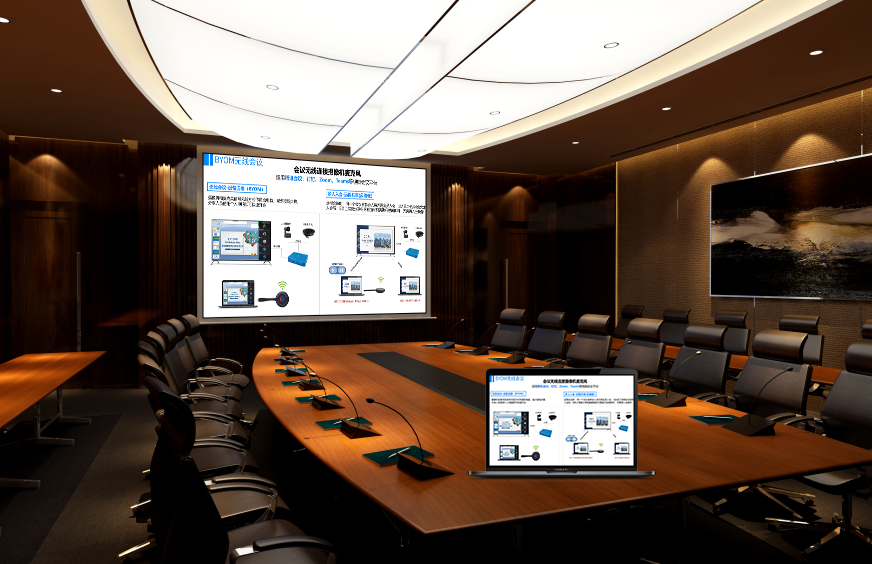Comparative Analysis of Screen Mirroring Technologies: From WiDi to Modern Wireless Meeting Solutions
Screen mirroring technology continues to evolve, from early WiDi to modern diversified solutions. Understanding technical differences helps make more appropriate choices.
1. Technology Development History
Features of WiDi Technology
- It is an exclusive technology developed by Intel, not an open industry standard.
- It has specific hardware requirements, only supporting laptops equipped with Intel Core processors and designated wireless network cards.
- It is gradually replaced by new technologies (such as Miracast), and its application scope is shrinking.
Advantages of Modern Protocols
- They have stronger universality, with open standards (e.g., Miracast) supported by most device manufacturers.
- They offer better compatibility, adapting to multiple systems including Windows, Android, and iOS.
- They deliver a smoother experience, with lower latency and more stable connections compared to early technologies.
2. Scenario Applicability Analysis
Requirements for Smart Classrooms
- They have high requirements for device compatibility, as teachers and students use a variety of devices (phones, tablets, laptops).
- Stability is crucial, as interruptions during teaching can disrupt the class rhythm.
- Operation simplicity is a priority, ensuring students (even those with limited technical skills) can use the technology easily.
Requirements for Wireless Meetings
- They demand fast connection speeds to save meeting preparation time and avoid delays.
- Security needs to be guaranteed, requiring functions like guest network isolation and content encryption to protect business data.
- Management functions must be comprehensive, allowing hosts to control screen sharing permissions and switch content flexibly.
3. Selection Recommendations
Choose solutions based on actual needs:
- Large venues (e.g., conference centers, auditoriums): Adopt professional-grade solutions with strong signal coverage and multi-device concurrent support.
- Small and medium-sized scenarios (e.g., small meeting rooms, ordinary classrooms): Select balanced products that integrate cost-effectiveness, stability, and ease of use.
- Temporary use (e.g., on-site presentations, outdoor training): Use portable devices (e.g., USB wireless screen mirroring adapters) that are easy to carry and plug-and-play.
